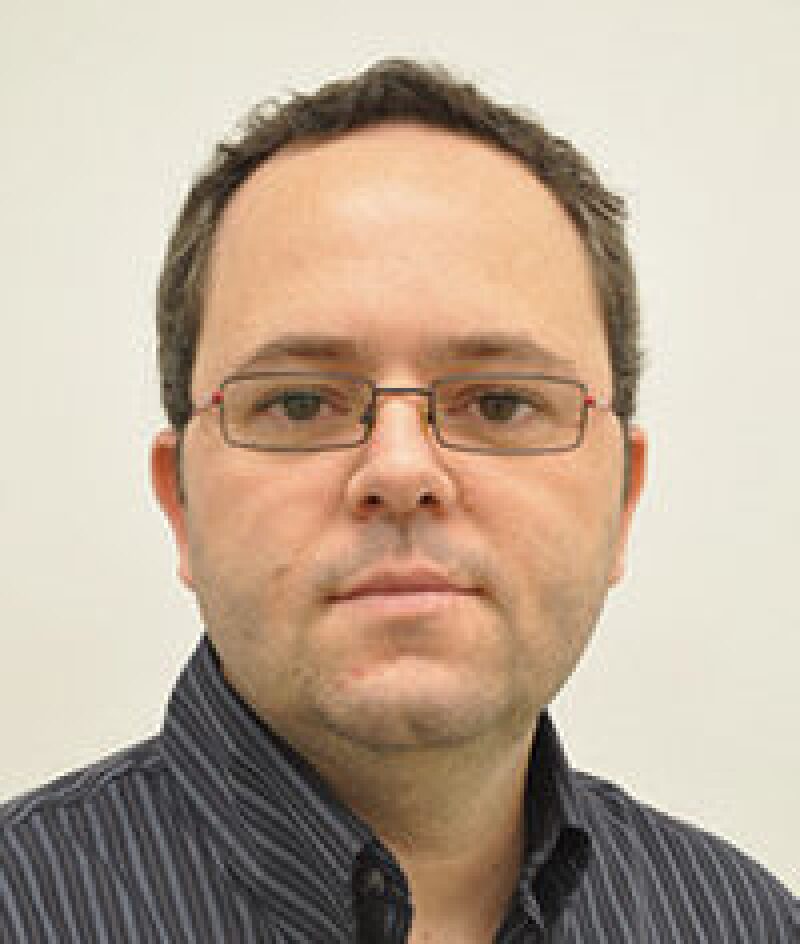Production forecasting is one of the main tasks of engineers involved in reservoir management. To perform it, they resort to models, which vary from simple decline curves to complex numerical simulations. Regardless of the model’s level of complexity, uncertainty will always exist in the forecasts. Therefore, reservoir engineers devote significant efforts trying to incorporate data in these models (history matching), aiming to mitigate uncertainty and improve the reliability of the predictions.
The reservoir-history-matching literature is quite extensive. The first works on automatic history matching were published in the 1960s. Nowadays, there is a wealth of history-matching methods. As a result, we observe that it is becoming a common industrial practice to generate multiple history-matched models, even for fairly complex problems with thousands of uncertainty variables and a large amount of data. However, we are still far from a definitive solution. Actually, it seems that there will be no single best history-matching technique. Instead, what we may have is the best method for the specific problem. Moreover, there are many challenges that are not completely addressed. In particular, most of the approaches seem overly simplistic to handle complex geology and structural uncertainties. Also, the computational demand for uncertainty quantification remains an issue. Therefore, industry and academia still have much work to do.
Another point I want to mention is that, back in 2009, SPE promoted a forum meeting titled “Getting to Robust Production Forecasts.” This meeting became the startup of a Global Integrated Workshop Series on production forecasting. To date, there have been six meetings; the latest was held this year in Malaysia. These workshops have the ambitious goal of developing a production-forecasting guideline. I think we will hear more about this in the coming years.
The papers summarized in this feature and the ones indicated in the additional-reading list are good examples of recent developments and field applications of history matching and forecasting. I hope you enjoy them.
Recommended Additional Reading
SPE 163582 An Ensemble-Based Nonlinear Orthogonal Matching Pursuit Algorithm for Sparse History Matching of Reservoir Models by Ahmed H. Elsheikh, The University of Texas at Austin, et al.
SPE 170622 Integrated Subsurface Uncertainty Study and Application—A Case Study of a Chalk Reservoir, Greater Ekofisk Area, North Sea by H.J. Yu, ConocoPhillips, et al.
SPE 170945 Practical Considerations for Forecasting Production Data in Unconventional Reservoirs—Variable-Pressure Drop Case by P.W. Collins, Texas A&M University, et al.

Alexandre Emerick, SPE, is a reservoir engineer at Petrobras Research Center in Rio de Janeiro. He has 12 years of experience in applied research in reservoir engineering. Emerick’s research interests include reservoir simulation, history matching, uncertainty quantification, and optimization. At Petrobras, he has worked as principal researcher and coordinator of projects on time-lapse seismic, smart fields, optimal well placement, history matching, and closed-loop reservoir management. Emerick holds BS and MS degrees in civil engineering from the University of Brasilia, Brazil, and a PhD degree in petroleum engineering from The University of Tulsa. To date, he has published 18 technical papers, most about history matching. Emerick received the Outstanding Service Award as an SPE Journal technical editor in 2013 and 2014. He is a member of the JPT Editorial Committee.

